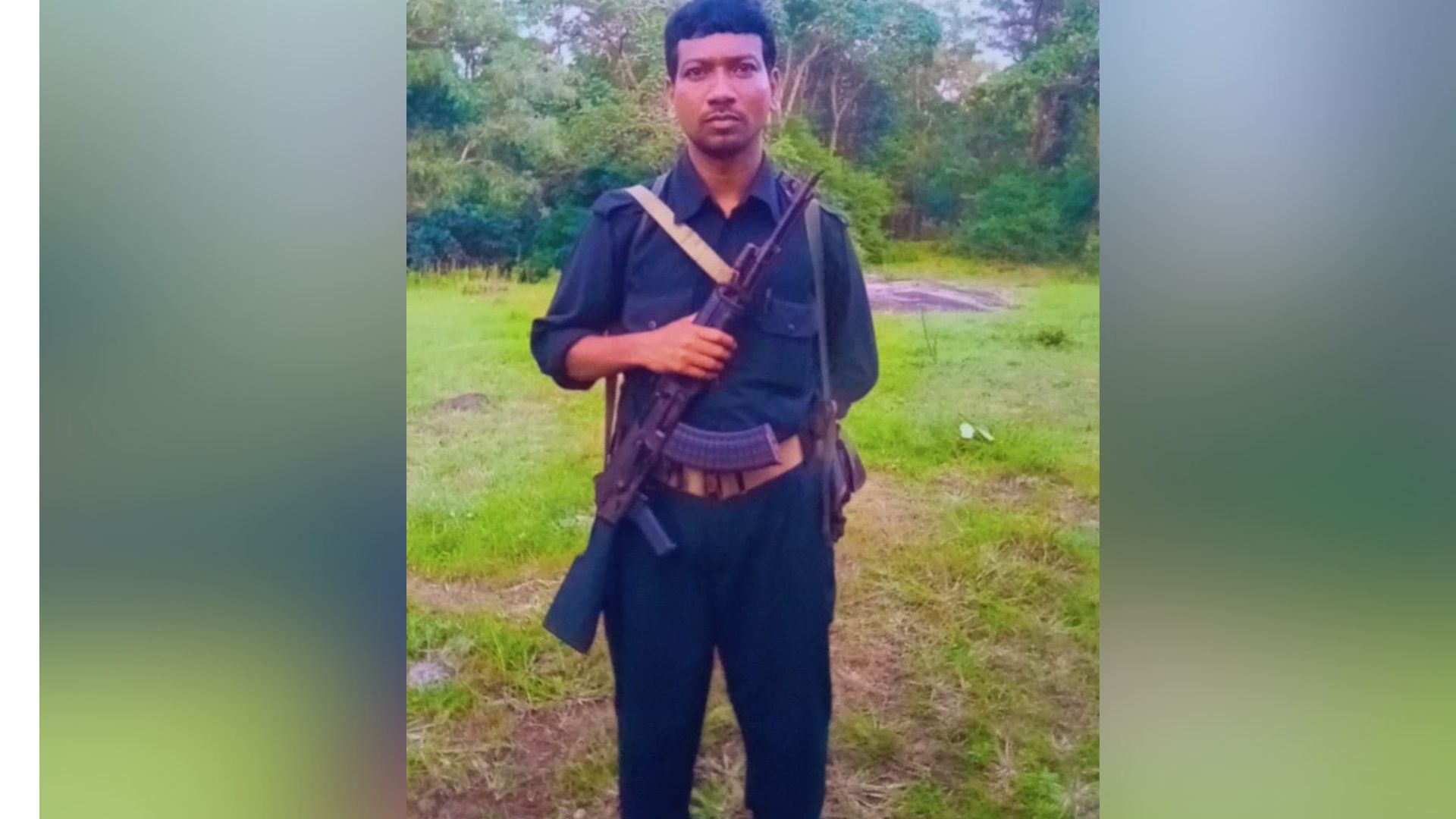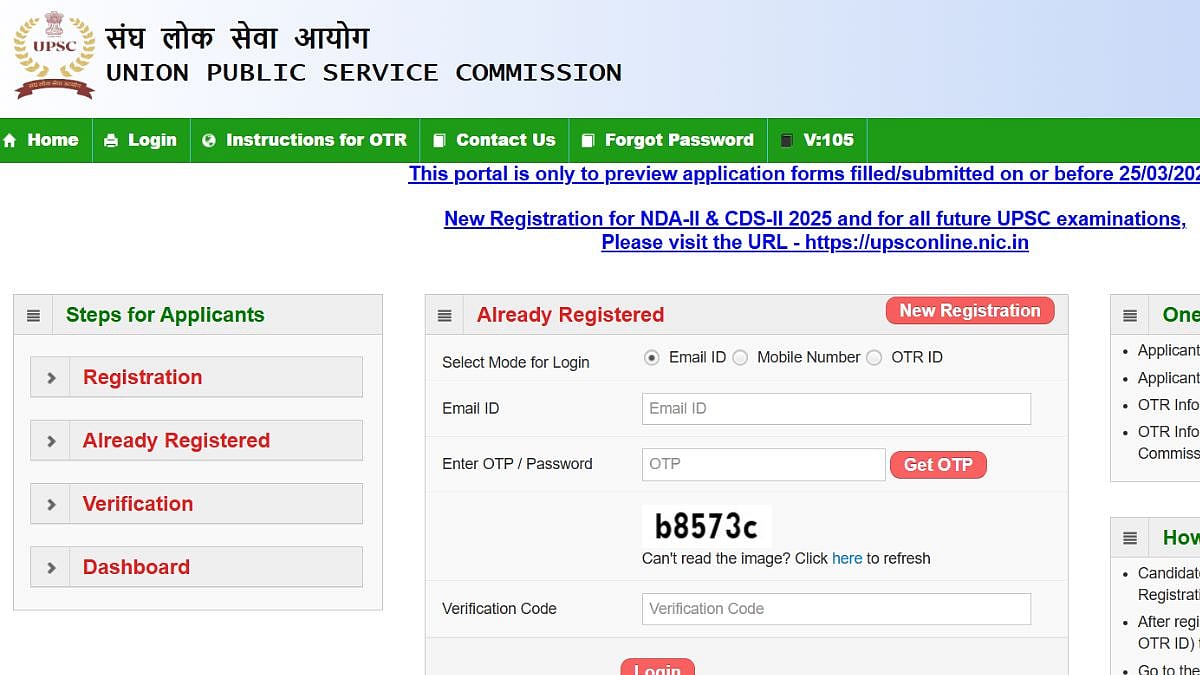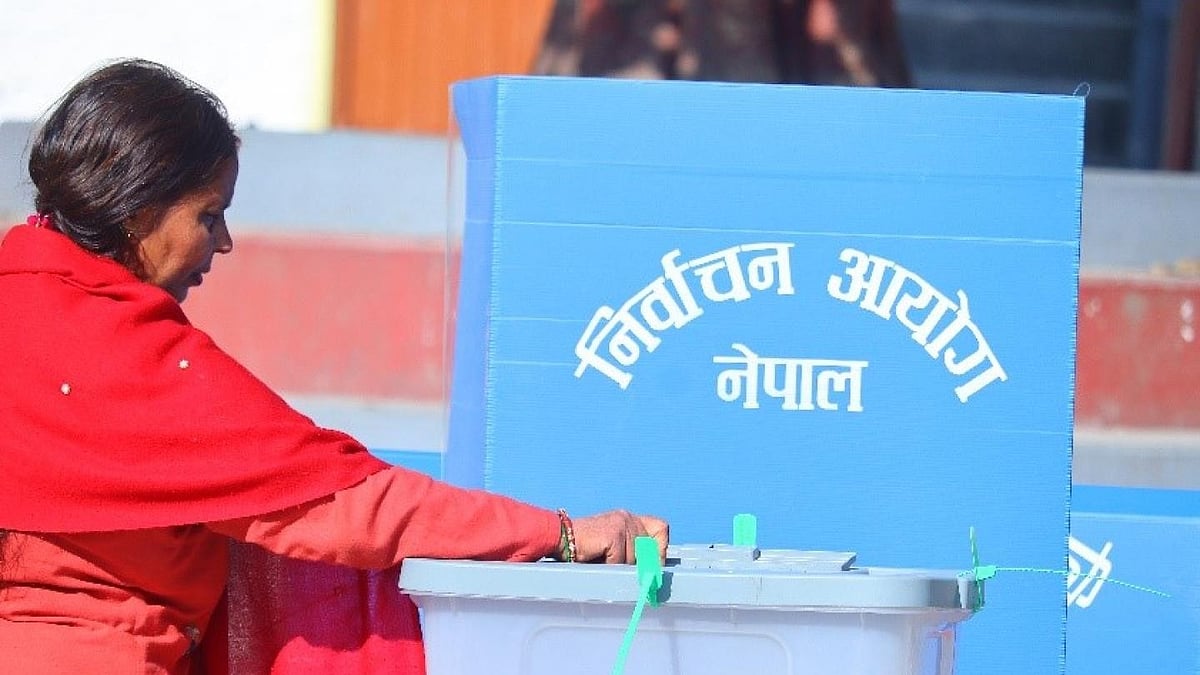As we have discussed in these columns, politics is an incredibly hard calling in any democratic society. It is particularly vexing in poor societies. A government comes to office and survives in power with the willing consent of the people. There is a need to address the short-term needs of voters, even as the long-term interests of the society at large are promoted. And there is a moral imperative to mitigate the pain of poverty immediately, even as steps should be taken to eliminate poverty altogether by enhancing the earning capacity of people and providing opportunities for a better life in the future.
Clearly, the Union government and some of the states are doing a commendable job of maintaining growth momentum by reconciling the short-term individual welfare with long-term public good. But some states are running into serious problems because of fiscal profligacy, uncontrolled expenditure and unsustainable debt without corresponding creation of usable and productive assets. Let us examine the realistic measures that can be adopted to improve the health of public finances.
First, public sector wages have gone out of control in many states. In general, the government employees are paid two to four times the wages in the private sector for the same job, especially at the lower and middle levels. And yet, productivity is lower in government because of job security, time-bound promotions, and lack of accountability. In many states, reckless recruitment is taking place in sectors where there is surplus staff, and other sectors are depleted. School education is a sector where the teacher-student ratio is often 1:20 or better, and yet outcomes are appalling even as more teachers are recruited habitually. And periodic, generous wage increases are imposing a huge burden on the exchequer.
For instance, salaries of government employees in Telangana and Andhra Pradesh are 30-40% higher than the rest of the states and the Union. Rational allocation of human resources in sectors where they are needed, freezing the wages until they are comparable to the national average and the private sector, and making workers productive are urgent steps that are needed.
Second, raising resources through borrowing is necessary in developing societies in a resource scarcity situation. But common sense dictates that borrowed money should be deployed for the creation of durable, usable and productive assets that help boost economic growth and equity. If we borrow to meet the current expenditure, we are only burdening the next generation with an unsustainable debt. Even when borrowed money is utilised for capital expenditure, if vast amounts are spent on expensive vanity projects with very little benefit to society, then we are incurring unsustainable debt.
Therefore, two steps are needed: a) the golden rule that the state is free to utilise revenues (its own taxes and union devolution) in whatever manner it seems fit, but borrowed money cannot be spent for current expenditure, and b) every large capital project should be subject to rigorous and independent cost-benefit analysis and should be taken up only when the benefits far outweigh the costs. A ‘Nil Revenue Deficit’ norm may be difficult to enforce immediately in certain states, and therefore, a clear road map to reach the goal should be set to achieve the goal in three years and to sustain it thereafter.
Third, often state budgets are opaque, and debt is concealed in the form of borrowing with government guarantees by Special Purpose Vehicles and Public Sector Companies with no repayment capacity. Also, in many states, there are large unpaid bills which are not reflected in budgets. Therefore, complete transparency mandated by the law and monitored by CAG or any other credible institution should be in place.
Fourth, some of the states are opting for deferred expenditure, affecting long-term finances years and decades later, but giving rich political dividends immediately at the cost of the future. The continuation of the unfunded, generous Old Pension System (OPS) for government employees in West Bengal and switching to OPS in states like Punjab, Himachal Pradesh, Madhya Pradesh and Rajasthan are such instances. In such cases, it should be mandatory to create a separate pension fund and transfer adequate amounts to such a fund annually, based on the current value of the future pension outflow.
Thus, the real cost of the policy is reflected in the budget, and the cost is borne today and not transferred to the next generation. All these are practical approaches to promote fiscal prudence and protect the future. But who will bell the cat? Fortunately, our constitution-makers anticipated this problem and recognised that maintaining financial stability and credit of India are the Union’s responsibilities. Accordingly, Article 293 gives the Union the responsibility of giving prior consent to a state to raise any loan and impose appropriate conditions for such consent.
In extreme cases, Article 360 provides for the imposition of financial emergency, and in such a case, the Union will have the authority to give directions regarding expenditure in the state, including reduction of salaries and referring Money Bills to the President for assent. The Constitution created the mechanism to ensure financial stability. Now the Union and states should act before a full-blown fiscal crisis develops in some states, potentially undermining the stability of the whole country. We should recognise that spending and reckless borrowing without creating usable and productive assets is a grand theft of the future.
The author is the founder of Lok Satta movement and Foundation for Democratic Reforms. Email: drjploksatta@gmail.com / Twitter@jp_loksatta









